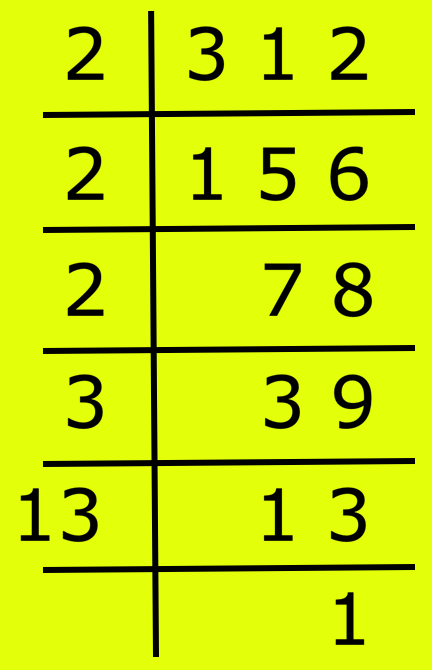Area of a Parallelogram is Equal to that of a Rectangle Between the Same Parallel Lines
Here we will prove that the area of a parallelogram is equal to that of a rectangle on the same base and of the same altitude, that is between the same parallel lines.
Given: PQRS is a parallelogram and PQ MN is a rectangle on the same base PQ and between the same parallel lines PQ and NR
To prove: ar(Parallelogram PQRS) = ar(Rectangle PQMN)
Proof:
|
Statement |
Reason |
|
1. PS = QR |
1. Opposite sides of the parallelogram PQRS. |
|
2. PN = QM |
2. Opposite sides of the rectangle PQMN. |
|
3. ∠PNS = ∠QMR |
3. Both are right angles, PQMN being a rectangle. |
|
4. ∆PNS ≅ ∆QMR |
4. By RHS axiom of congruency. |
|
5. ar(∆PNS) = ar(∆QMR) |
5. By area axiom for congruent figures. |
|
6. ar(∆PNS) + ar(Quadrilateral PQMS) = ar(∆QMR) + ar(Quadrilateral PQMS) |
6. Adding the same area on both sides of the equality in the statement 5. |
|
7. ar(Rectangle PQMN) = ar(Parallelogram PQRS). (Proved) |
7. By adding axiom of area. |
Corollaries:
(i) Area of a parallelogram = Base × Height,
because ar(Parallelogram PQRS) = ar(Rectangle PQMN)
= PQ × MQ
= Base × Height.
(ii) Parallelograms with equal base and between the same parallels have the same area.
Here PQRS and MNRS are two parallelograms whose bases PQ and MN are equal, and they are between the same two parallel lines PN and SR. So, the two parallelograms have equal height.
Using ar(Parallelogram) = Base × Height, we find their areas are equal.
(iii) The ratios of the areas of two parallelograms that are between the same parallel lines (that is heights are equal) = Ratio of their bases.
Didn't find what you were looking for? Or want to know more information about Math Only Math. Use this Google Search to find what you need.
Recent Articles
-
5th Grade Factors and Multiples | Definitions | Solved Examples | Math
Mar 23, 25 02:39 PM
Here we will discuss how factors and multiples are related to each other in math. A factor of a number is a divisor which divides the dividend exactly. A factor of a number which is a prime number is… -
Adding 2-Digit Numbers | Add Two Two-Digit Numbers without Carrying
Mar 23, 25 12:43 PM
Here we will learn adding 2-digit numbers without regrouping and start working with easy numbers to get acquainted with the addition of two numbers. -
Worksheet on 12 Times Table | Printable Multiplication Table | Video
Mar 23, 25 10:28 AM
Worksheet on 12 times table can be printed out. Homeschoolers can also use these multiplication table sheets to practice at home. -
Vertical Subtraction | Examples | Word Problems| Video |Column Method
Mar 22, 25 05:20 PM
Vertical subtraction of 1-digit number are done by arranging the numbers column wise i.e., one number under the other number. How to subtract 1-digit number vertically? -
Worksheet on 11 Times Table | Printable Multiplication Table | Video
Mar 22, 25 05:08 PM
Worksheet on 11 times table can be printed out. Homeschoolers can also use these multiplication table sheets to practice at home.






New! Comments
Have your say about what you just read! Leave me a comment in the box below. Ask a Question or Answer a Question.